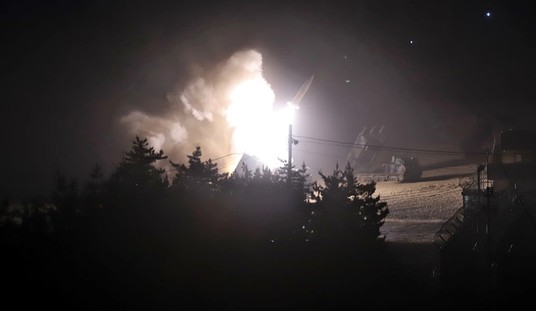On April 9, the Potential Gas Committee released its biennial assessment of the future gas resource potential of the United States. The new report paints the most vivid picture to date of the shale boom and its impact on the future energy dynamics as they begin to reverberate, not simply through the domestic energy markets, but through the global economy.
A little perspective on these numbers: every year the nation produces and consumes about 25 trillion cubic feet of natural gas. The ratio of proved reserves to annual production is about 12 years (historically, this “R/P ratio” typically runs about 10 to 12 years of production). PGC’s report suggests we have undiscovered, “technically recoverable” resources sufficient to replenish reserves at our current rate of production for about 100 years.
This cartoon of the resource pyramid shows the relationship between cumulative production, reserves, and resource potential. (Not to scale.)

An important thing to remember about the resource assessment is that it does not address economics. Not all of the resource base would necessarily be economic under today’s technology and today’s economic conditions. At some point the cost of extracting that gas, and expanding the economic frontier, may not be justifiable. That is a function of technology, human ingenuity and the development of alternative fuels that more efficient.
The PGC graph above provides some historical perspective on the shale gas boom. For the period 1990-2004 (a time of low energy prices), the resource base grew barely 10% (less than 1% annual growth rate). The volume of shale gas, represented by the cross-hatched bar segments, was not significant enough to be accounted for separately. Since 2006, shale volumes have exploded: they now represent nearly 50% of the resource base, while other conventional supplies of gas have continued their slow, steady increase. (It is noteworthy that much of the growth in the resource estimate is in the Northeast. With the 2012 estimate, roughly a third of the nation’s resource potential is in that region, mostly in the Marcellus, Utica and other shale plays of PA, WV, OH and NY.)
The graph also leads to a somewhat counter-intuitive point about resource management. We tend to think of reserves and the total resource base as analogous with inventory in any other business setting. If that were true, resources would be a static, finite quantity. Production and development would cause depletion of resources. Instead, we observe that production and development actually enhance the resource estimate. The estimate adjusts to better technology and more and better data. Resources expand almost uniformly faster than production depletes them. Thus “Drill, Baby, Drill” is not just a political slogan, it is intelligent resource management.
A point I have belabored in my “Peak Oil Scribblings“: the original peak oiler M. King Hubbert thought that the total U.S. natural gas endowment (cumulative gas + reserves + resources, a/k/a “estimated ultimate recovery”) was 850 TCF in 1956; by 1978, he increased his estimate to 1,100 TCF. By year end 2012, the nation had produced and marketed over 1,195 TCF of gas, while clipping away at record rates of production. Estimates of reserves and resources have never been higher. Today, our estimate of total endowment stands near 3,900 TCF. Dollars to donuts says the estimate will be even higher two years from now.
How big a deal is this? The nation of Qatar is the #1 liquified natural gas exporter in the world. As recently as 2008, they planned on the U.S. market to be a primary customer. Since the shale gas boom, it looks more likely that North America could become a net gas exporter, to compete with Qatar. In response, Qatar has taken its first-ever stake in North American producing assets:
Global Impact of North American Shale Gas Boom Forces Qatar to Shift Focus
The global impact of the U.S. shale gas boom was in further evidence this week as Qatar Petroleum … made its first move into the North American exploration and production (E&P) market in a $1 billion acquisition of Canadian assets from Suncor Energy. North America had been earmarked by Qatar as a guaranteed market to sell its copious Liquefied Natural Gas (LNG) export capacity in, but the U.S. Shale boom has turned this idea on its head, as the middle-eastern NOC [national oil company] becomes the latest foreign power to move into the North American E&P arena. …
A look at Qatar Petroleum’s world-standing will shed light on just how significant a move this is, and just how big an impact the shale boom is having on world energy markets. Qatar is the world’s largest LNG exporter by a significant distance with around 78 million tonnes per year (mtpa) [3.7 TCF/yr*] of export capacity, and Qatar Petroleum is the operator of all of it. Its nearest rivals, including Indonesia (34 mtpa), Malaysia (24 mtpa) and Australia (23 mtpa), are dwarfed in comparison. … Qatar, on the face of it, looks to be in an extremely strong position as the global leader of gas exports. Yet it still moved into this new market.
* 1 million tonnes LNG = 48 billion cubic feet
The combination of horizontal drilling with modern hydraulic fracturing methods is the key that has opened vast new possibilities for our domestic energy supply picture. Realizing those possibilities is up to us, through realistic resource management and intelligent policy decisions.
Cross-posted at Stevemaley.com.













Join the conversation as a VIP Member